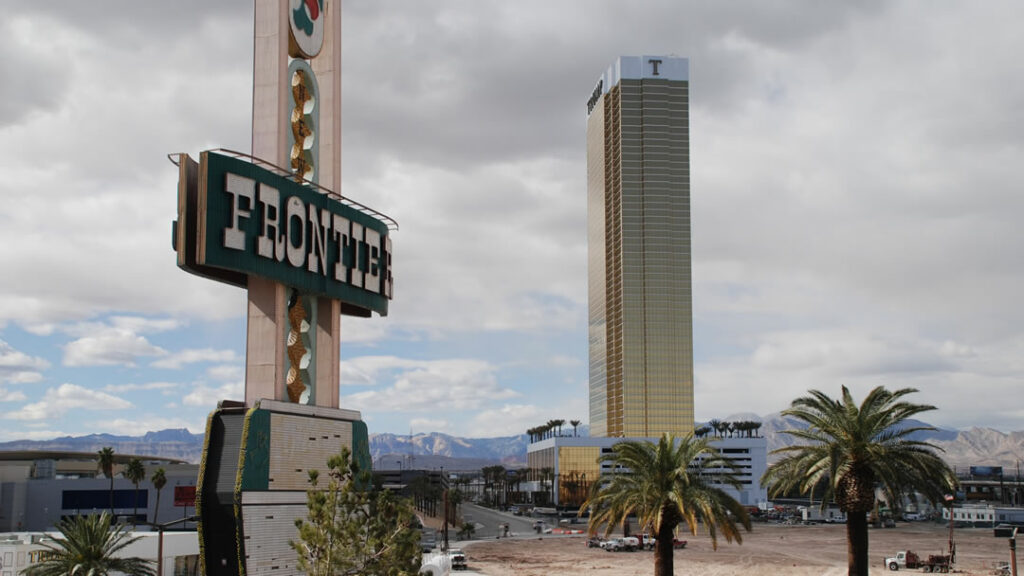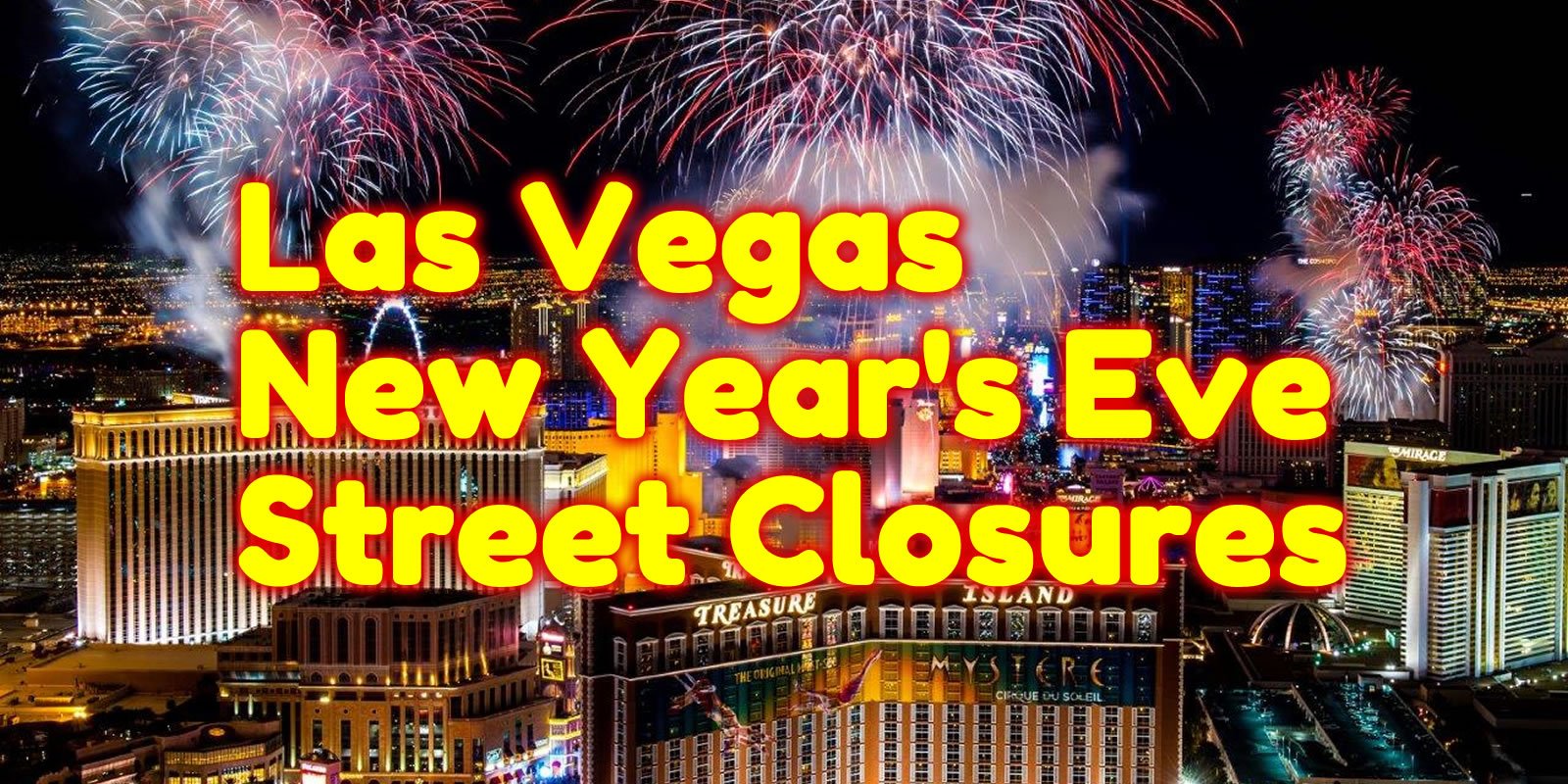
We need to talk about Trump Derangement Syndrome (TDS) as it pertains to Las Vegas. The liberal bots out there have just gone off the charts with some of the weirdest claims about Donald Trump and Las Vegas.
So let’s separate fact from fiction on the two biggest claims.
Claim Number One
Donald Trump cannot get a Nevada gaming license because (fill in the blank) He started World War II; he created the virus, whatever it is, he crossed against the light, whatever.
The claim is that he cannot get a Nevada gaming license. Fact is, on February of 2004, according to transcripts, Donald Trump appeared before the Nevada Gaming Control Board seeking approval to buy a 10% share in the Riviera Resort.
If you’re going to buy 10% or more stock in a casino, you have got to go in front of the Gaming Board and the Control Board. Everyone who applies for a gaming license faces an extensive investigation and at least two hearings, one before the Control Board and one before the Gaming Commission.
These people do a deep investigative look into your business dealings,
your personal finances, any brushes you’ve had with the law, whether formally charged or not, and any personal issues that you have, like substance abuse or gaming habits. Anything that would potentially bring disrepute to Nevada’s gaming industry.
In the end, the Gaming Commission approved Donald Trump and the companies that he controls as part of a registration and suitability-finding process.
Donald Trump applied for and was approved for a Nevada gaming license. He never went any further because he sold his stake in the properties two months later, netting a $900,000 profit. Trump’s 2004 registration with the Nevada gaming regulators ended in 2010.
Claim number two
The Trump International Hotel doesn’t have a casino in it because of Donald Trump’s inability to get a gaming license. See Claim Number One.
In fact, the hotel was never designed to have a casino. And in reality, there were supposed to be two towers built, not one. And both of them were going to be built without a casino.
And here’s why. You’ve got to go back a number of years. In 1997, Phil Ruffin bought the Frontier Resort for $165 million. He changed his name back to The New Frontier.
He sat on the property for about 10 years, and didn’t really do anything to it. In 2007, Ruffin sells the front half of the property to the El ad Properties. An Israeli development company.
He sells the front half for $1.1 billion. That’s $35 million an acre. They demolish the buildings. Their plan was to develop a $4 billion resort that would make the neighboring wind properties look like a Motel 6.

They were going to call the new project, The Plaza. Now, remember, this was all at the end of the big building boom on the Las Vegas Strip.
At the time, MGM was developing the signature towers as a kind of reverse timeshare or an Airbnb. The idea was that you would buy a unit for, well, let’s say, a million dollars.
They would rent it out and split the rental fee with you 50-50. Remember, at this point, Las Vegas Hotel occupancy rates were at least 95% if not 100%, on almost every night of the week.
In 2008, Phil Ruffin buys the neighboring Treasure Island Resort for 700 million dollars. He still has that six-acre plot of land behind what was going to become the Plaza.
So Phil goes 50-50 with his friend Donald Trump on a development that would take advantage of their proposed new mega-resort that was going to be built in front of this property.
They were going to build two 64-story towers, each having 1,282 condominium units. Now, much like the three signature towers, they were going to do the reverse timeshare concept. They were going to market to the clients from the new casino that was being built in front of them.
They were going to offer quiet, non-congested, first-class accommodations with an easy walk to the strip. Being a smaller, luxury non-casino resort is still one of its biggest selling points.
Now I will add that there were plans drawn up for a small casino to be built on the side of the second tower.
Unfortunately, the 2008 market crash wiped out a lot of the new developers on the strip and almost bankrupted the MGM Resorts. The market crash also killed off the Plaza development. The Israeli development company went bankrupt.
This also stopped the sales of the units at the Trump Towers. Plans for a second tower and a small casino were also nixed.
Since that time, the big empty lot in front of the Trump Tower has had several different owners through the years. Each of them had grand plans but always had a small bank account. So, it sits empty.
In 2018, Donald Trump’s archrival in Atlantic City, Steve Wynn, purchased control of the land in front as well as on the side of Trump Tower.
The non-casino Trump Tower Resort is now owned by Phil Ruffin, Hilton Grand Vacations, and the Trump Organization. It’s managed by the Trump Organization. It is still very popular with families and business people, and those wanting to have a relaxing vacation and not have to walk two miles from their hotel room through a smoke-filled, noisy casino to the strip.
There you have the facts.
Donald Trump was approved for a gaming license, but he never needed it. Second of all, the Trump Tower was never designed to have a casino in it. They were going to get the traffic from the casino resort that was going to be built in front of them.

